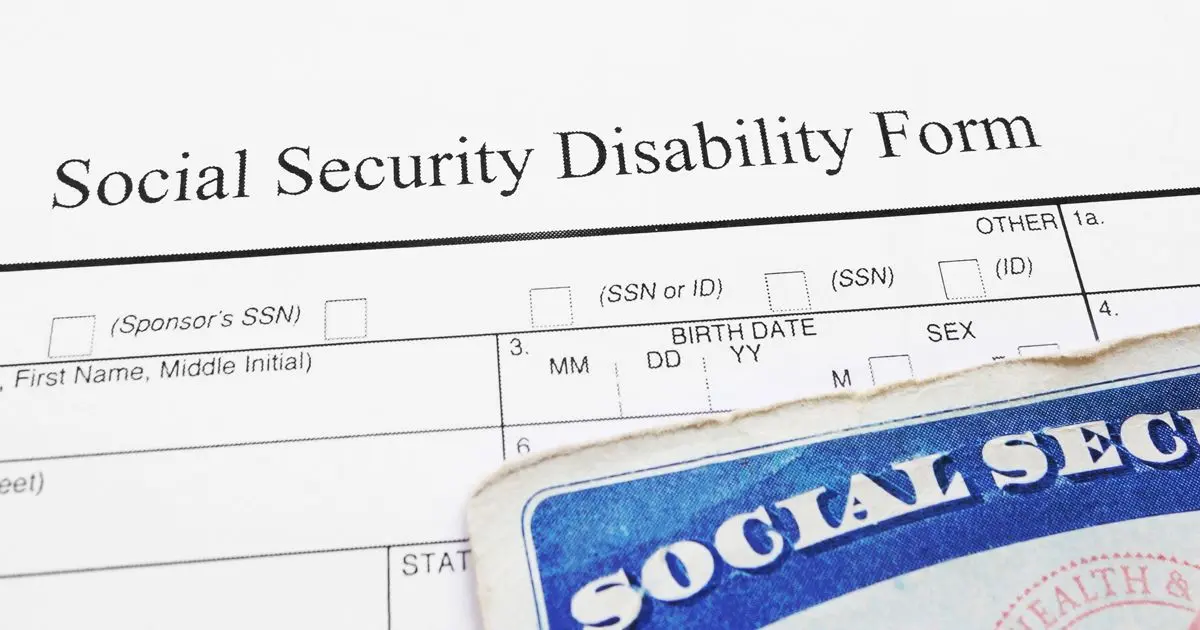If you have a disability that prevents you from working, Social Security Disability Insurance (SSDI) can provide much-needed financial assistance.
Applying for SSDI can be a complex process, but with the right information, you can navigate it successfully.
This article will guide you through the steps to apply for SSDI and offer detailed insights to help you make informed decisions throughout the application process.
SSDI? What about it?
SSDI is a federal insurance program managed by the Social Security Administration (SSA) designed to provide income supplements to people who are physically restricted in their ability to be employed because of a noteworthy disability (usually physical).
Eligibility Criteria:
- You must have a medical condition that meets the SSA’s definition of disability.
- You have worked and paid into Social Security for a sufficient amount of time to qualify for benefits.
Starting Your Application
Follow these steps:
Step 1: Self-Assessment
Before you begin the application process, conduct a self-assessment. This step involves ensuring that your disability meets the SSA’s strict definition, which typically means your condition is severe enough to prevent you from working for at least 12 months or it is a terminal illness.
Step 2: Gather Essential Information
Organization is key; you’ll need to gather the following information:
- Personal identification (Social Security number, birth certificate).
- Extensive medical records (diagnosis, treatments, medications, and contact information for the healthcare providers).
- Work history (W-2 forms or self-employment tax returns).
Step 3: Schedule a Consultation
It’s wise to meet with a legal professional who specializes in disability law or an experienced Social Security disability advocate before filing. They can provide valuable insight into the complexities of SSDI and help strengthen your application.
Submitting Your Application
Follow these steps:
Step 1: Choose Your Application Method
You can apply for SSDI online, over the phone, or in person at a local SSA office. Considering the current state of health guidelines, many opt for the online application process via the SSA’s official website.
Step 2: Complete the Application
Accurately fill in the application, providing detailed information about your medical condition and how it affects your ability to work. Be thorough in documenting your employment history and the impact your disability has on your day-to-day activities.
Step 3: Double-check and Submit
Before submitting, double-check your application for any inaccuracies or missing information. Incomplete or inaccurate applications can result in delays or denials.
After Submission
There should be some thoughts on your mind
What Happens Next?
Once you submit your application, you’ll be provided with a confirmation receipt. An SSA representative may reach out to you if more information is needed. Your application will then undergo a thorough review process, which can take several months.
Staying Informed and Prepared
Be at alert
Status Updates: You can check the status of your application online using your “my Social Security” account, or by contacting the SSA directly.
Prepare for Possible Rejection: Many SSDI claims are initially denied, often due to incomplete information or lack of sufficient medical evidence. Prepare yourself for this possibility, and understand that you have the right to appeal.
Understanding the Appeals Process: If denied, you have 60 days to request an appeal, which involves several stages:
- Reconsideration by a party not involved in the initial decision.
- Hearing by an administrative law judge.
- Review by the SSA Appeals Council.
- Federal Court review, if necessary.
During an appeal, it’s crucial to provide any additional evidence or documentation that supports your claim.
Tips for a Successful Application
These will help you get along:
Be Proactive: Start your application as soon as possible after becoming disabled. It’s important since there can be a significant lead time before the first payment arrives, assuming your application is accepted.
Keep Detailed and Accurate Records: Proper documentation is essential. Medical evidence is the cornerstone of your SSDI claim, so ensure all records are comprehensive and up to date.
Stay Engaged: Throughout the process, maintain communication with your doctors and respond promptly to any SSA requests for additional information.
Seek Assistance: If the process becomes overwhelming, don’t hesitate to seek help from a disability advocate or attorney.
Remember that while the process may seem daunting, SSDI is designed to provide you with support when you need it most. Approach each step methodically, and use available resources to guide you.
By taking the time to understand and prepare for each aspect of the SSDI application process, you can improve your chances of a successful claim and ease the financial strain during challenging times.
Good luck, and remember to exercise patience and resolve throughout this process. Help is there when you need it, so don’t hesitate to reach out for the support and guidance that can ultimately lead to a successful SSDI application.


